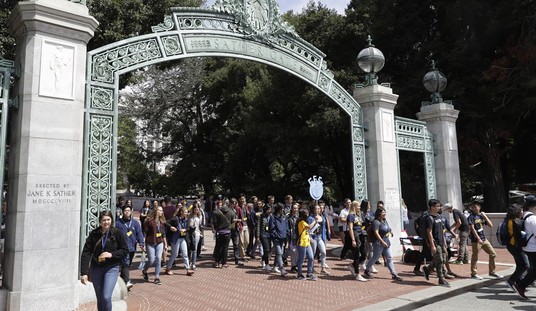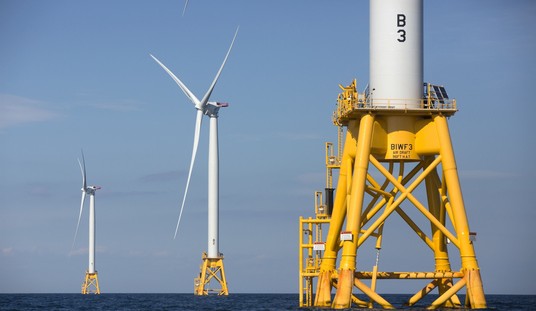Now that the President has bent the knee to King Corn yet again, allowing year-round sales of E-15 blended gasoline, it’s probably worth our time to take a moment and figure out what all of this ethanol blending is really doing for us. The Renewable Fuel Standard (RFS) was pushed through under the Bush 43 administration at a time when rising gas prices and global warming were both weighing heavily on the minds of the public. Ethanol blending was touted as a way to fight both of those concerns.
So how has it worked out? According to the U.S. Government Accountability Office (GAO) it hasn’t done much on either score. The net effect on gas prices has been basically a wash and the changes have had only a negligible effect on emissions. (Bloomberg)
A federal program requiring the use of corn-based ethanol and biodiesel in gasoline supplies hasn’t lowered pump prices or significantly reduced greenhouse gas emissions, according to the U.S. Government Accountability Office.
Gasoline prices outside of the corn-rich Midwest likely rose by a few pennies a gallon at the pump because of the Renewable Fuel Standard, while falling slightly in areas with ethanol plants, the GAO said in a report posted online Monday. The pump price effects likely diminished over time. Refiners benefited from installing equipment for the fuel-blending requirement “that, over time, reduced refining costs for gasoline,” according to the report.
In addition, the GAO found that “most of the experts we interviewed generally agreed that to date the RFS has likely had a limited effect, if any, on greenhouse gas emissions.” That’s due to the continued reliance on corn-based ethanol, instead of more advanced cellulosic biofuels that use agricultural waste but haven’t shown a great deal of commercial viability.
None of this should come as much of a surprise to anyone who’s been following the story of the RFS from the beginning. Ethanol should be slightly cheaper to produce than gasoline (at least in theory), so replacing a percentage of real gasoline with the biofuel might have cut costs. But given the hamhanded way the program was implemented, the blending process drove up costs at the refinery and those increases were passed on to the consumer.
As far as emissions go, that too might have been an area where benefits were realized if we’d focused on the use of agricultural waste products in cellulosic biofuels, but we didn’t. We’re still using almost entirely corn and soybeans. We’re burning our food for fuel and the increased agricultural activity has come at a cost in terms of environmental impact.
In the end, the only people benefitting from the RFS are the ethanol industry and some farmers in the midwest, particularly in Iowa and Illinois. Unfortunately, they punch far above their weight class politically, so we’re stuck with this albatross around our necks until we manage to elect some leaders who aren’t basically prostituting themselves to Iowa politicians. And as for the results? It doesn’t matter if the RFS is actually doing anything productive as long as it’s a political winner.







Join the conversation as a VIP Member